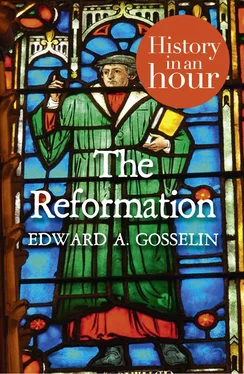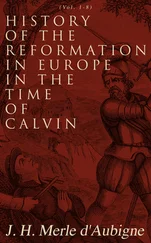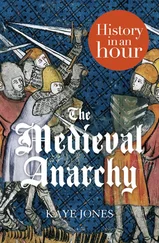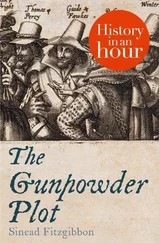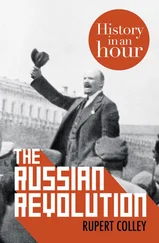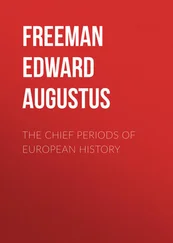‘Shortening a Stay in Purgatory’ ‘Shortening a Stay in Purgatory’ Early Sixteenth-Century Efforts at Reform Martin Luther Luther’s Interpretation of St Paul Renaissance Popes The Birth of Classical Protestantism The Diet of Worms One Man Alone ‘Infallible Donkey’ and ‘Upstart Heretics’ ‘Preaching the Gospel Purely’ Zwingli v. Luther on the Eucharist Zwingli’s Death The Creation of Sects John Calvin and his ‘Reformed Church’ Anti-Tolerance of Anti-Trinitarianism Hunted Heretic The Spread of Protestantism The End of Choices: The Territorial Churches Protestantism on a European Political Basis The Reformation after 1550 France The Low Countries The Protestant Diaspora How the Protestant Reformation Ended Appendix 1: Key Players Appendix 2: Timeline of the Reformation Copyright Got Another Hour? About the Publisher
The Church created the indulgence as a hedge against too long a stay in Purgatory (pictured below). Indulgences, of which there were many forms, basically shortened the time of punishment in Purgatory for one’s sins. Prominent among these forms was the purchase of pardon. These purchases were recognized as abusive by the Church itself, but the abuse continued nonetheless. Christians could, depending on how much money they paid for these indulgences, shorten their own souls’ or the souls of their relatives’ duration in Purgatory and hasten entry into Heaven by a year, ten years, several hundred or however much they could afford. However, if the uncertain Christian had not paid enough, the poor soul still might have another several million years to spend in Purgatory; or, conversely, he may have overpaid. Proceeds from the purchase of indulgences were used for rebuilding the ancient St Peter’s in Rome to be the present basilica we know it as today. It was a win-win solution for the Church and an uncertain one for the buyer of the indulgences.
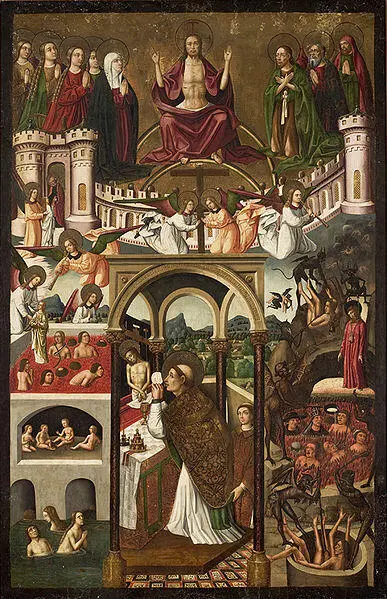
A sixteenth-century depiction of purgatory
Accounting and banking had been developing since the thirteenth century in the city-states of Florence and Venice. By the sixteenth century, several high officials and popes in the Roman Catholic Church came from banking families such as the Medici. The ideas of accounting and the monetary compensation for intercession in Purgatory transferred from traditions of commerce and banking in civil society to the Church and its mission of salvation, with the Church acting as the broker for salvation.
Early Sixteenth-Century Efforts at Reform Early Sixteenth-Century Efforts at Reform Martin Luther Luther’s Interpretation of St Paul Renaissance Popes The Birth of Classical Protestantism The Diet of Worms One Man Alone ‘Infallible Donkey’ and ‘Upstart Heretics’ ‘Preaching the Gospel Purely’ Zwingli v. Luther on the Eucharist Zwingli’s Death The Creation of Sects John Calvin and his ‘Reformed Church’ Anti-Tolerance of Anti-Trinitarianism Hunted Heretic The Spread of Protestantism The End of Choices: The Territorial Churches Protestantism on a European Political Basis The Reformation after 1550 France The Low Countries The Protestant Diaspora How the Protestant Reformation Ended Appendix 1: Key Players Appendix 2: Timeline of the Reformation Copyright Got Another Hour? About the Publisher
Attempts in the early sixteenth century to reform the Roman Catholic Church were led by, among others, Desiderius Erasmus of Holland and Jacques Lefèvre d’Étaples of France. They believed that the Church was guilty of pastoral neglect, sexual malfeasance and personal financial gain, but they had no intention of breaking with Rome or its papacy. They also believed that the laity should have more direct access to the Scripture within their own vernaculars. Bibles existed only in Latin according to Church dictate, and those who dared to publish the Bible in vernacular languages were turned over to secular authorities for punishment.
However, some highly placed people felt that the Bible should be accessible to all. In 1524, for example, Lefèvre d’Étaples (pictured below) was asked by Bishop Guillaume Briçonnet to introduce vernacular bibles in the district of Meaux, north-east of Paris. Bishop Briçonnet had, as support, Marguerite d’Angoulême, the sister of the French king, Francis I.
Engraving of Lefèvre d’Étaples
However, political conditions changed the reforms in Meaux. Francis I sought to control areas to which he had dynastic claims and thus he invaded Italy in 1525. After his defeat in February 1525 at the Battle of Pavia in northern Italy, Francis I was taken prisoner by the Emperor Charles V and brought to Spain for a year, thereby depriving Lefèvre of his royal protection. Theological enemies forced Lefèvre and his colleagues to close down their biblical work in Meaux and flee to Navarre (of which Marguerite d’Angoulême was now queen).
Desiderius Erasmus (pictured below), known as the greatest scholar of his age, was a contemporary of Lefèvre and twenty-one years older than Luther. Born in Rotterdam, he joined the Augustinian Order of monks, which he eventually left, and travelled throughout Europe as a welcome guest of royalty and other court figures. He published many influential books, including a Greek New Testament (1516), which became the basis for the work of other scholars and religious thinkers. Erasmus was also a pacifist, arguing that since Christ was the Prince of Peace, all Christians should be peaceful as well.
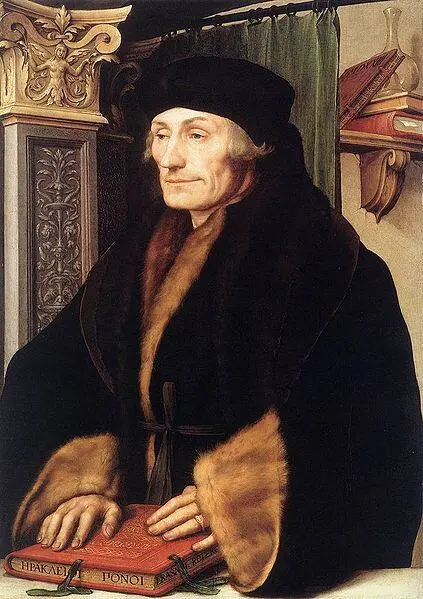
Portrait of Erasmus c.1523, by Holbein the Younger
Such men as Lefèvre and Erasmus wanted to restore the Roman Catholic Church to its original nature in the time of the Apostles. They believed that man is saved by both faith and his own good works. This idea was in accord with that of the late medieval Church and its belief that man is saved by the Church and his participation, as a believer, in the seven sacraments.
Lefèvre and Erasmus kept in close contact with the Catholic Church’s hierarchy and their work at reform was distinct from that of the Protestant reformers, although their influence is evident in the teachings of Luther and Zwingli as well as some of the more radical reformers.
Martin Luther Martin Luther Luther’s Interpretation of St Paul Renaissance Popes The Birth of Classical Protestantism The Diet of Worms One Man Alone ‘Infallible Donkey’ and ‘Upstart Heretics’ ‘Preaching the Gospel Purely’ Zwingli v. Luther on the Eucharist Zwingli’s Death The Creation of Sects John Calvin and his ‘Reformed Church’ Anti-Tolerance of Anti-Trinitarianism Hunted Heretic The Spread of Protestantism The End of Choices: The Territorial Churches Protestantism on a European Political Basis The Reformation after 1550 France The Low Countries The Protestant Diaspora How the Protestant Reformation Ended Appendix 1: Key Players Appendix 2: Timeline of the Reformation Copyright Got Another Hour? About the Publisher
Martin Luther (1483–1546) was born of peasant stock, and lived among the untutored folk of the remote woods and mines around the East German town of Eisleben in the Holy Roman Empire of the German Nation. His mother and father were both devout and prayerful but also superstitious, believing in spirits that inhabited the forests, winds and water. Devils, witches and ill-tempered spirits roamed this world among the church spires and bell towers in towns where Luther learned his Psalms and marched in religious processions. His father, Hans Luther, owned a copper mine and was, therefore, wealthy enough to send Martin to school and university to become a lawyer. This would ensure that Martin would be prosperous enough to look after his parents in their old age. But after Martin was awarded a Master of Arts degree in 1505, he was caught on the outskirts of a Saxon village in a terrible thunderstorm (2 July 1505). He prayed to St Anne, the patron saint of his father’s occupation as a miner, and promised to become a monk if he survived the storm. Having duly survived, Luther kept his promise and joined the Augustinian Order on 17 July.
Читать дальше
